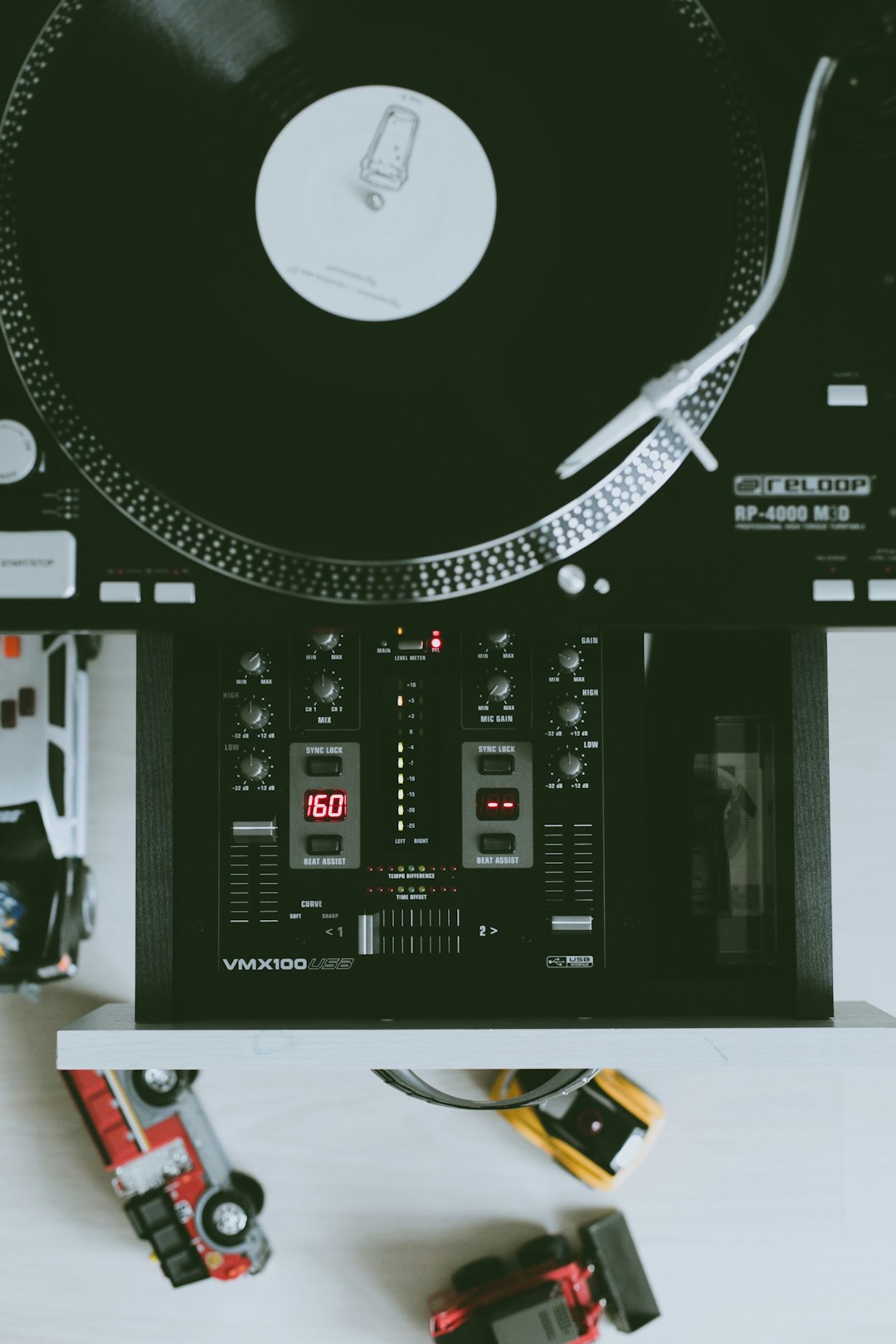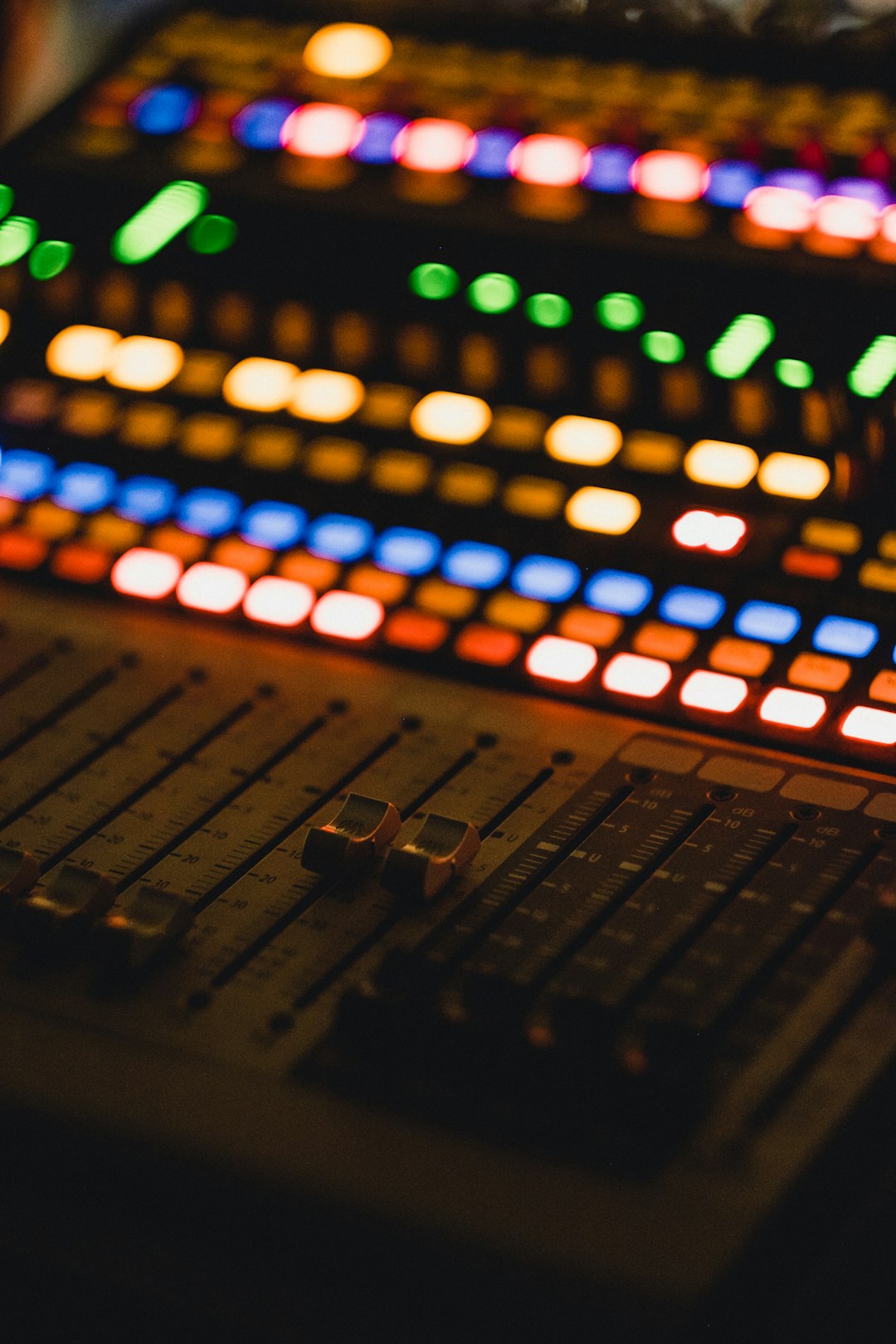If you’re an animation enthusiast who loves working with Stick Nodes, chances are you’ve wanted to enhance your projects with background music, sound effects, or custom audio tracks. Adding music can breathe life into your stick figure animations, creating a richer and more engaging experience for your audience. But how do you import songs into Stick Nodes? This guide walks you through the process step-by-step, whether you’re using the mobile or desktop version of the app.
What is Stick Nodes?
Stick Nodes is a powerful stick figure animation app available on Android, iOS, and Windows. It allows users to create frame-by-frame animations with ease, often using stickman characters. One of the features that sets Stick Nodes apart from other animation tools is its support for importing sounds and songs directly into your animation projects.
Why Add Songs to Stick Nodes?
Music and sound effects can greatly enhance the storytelling and emotional impact of your animation. Here are a few reasons why adding songs to your projects is a great idea:
- Atmosphere: Music sets the mood for each scene.
- Timing: Syncing movements with beats or lyrics can make animation more dynamic.
- Professionalism: Background audio gives your animation a polished and complete feel.

Supported Audio Formats
Stick Nodes supports .MP3 and .WAV audio files. Make sure your music file is in one of these formats before trying to import it. If your file is in a different format (like .M4A or .OGG), you’ll need to convert it using an online file converter or audio editing software before you continue.
How to Import Songs on Android and iOS
Here’s how to easily import songs into Stick Nodes on your mobile device:
- Download or transfer your music file to your device. Save it to a location you can access, such as your device’s Downloads or Music folder.
- Open Stick Nodes and go into your specific animation project.
- Tap the sound icon at the top (it looks like a musical note) to open the sound menu.
- Tap “Import Sound” or “Load Sound” depending on your version.
- Navigate to the folder where your music file is located and select it.
- Stick Nodes will then import the file and allow you to place it at any frame in your timeline.
Note: On iOS, Apple’s file system can be a bit restrictive. Make sure you’re using the Files app or a file manager to move the MP3/WAV file into the Stick Nodes directory, or use services like iCloud or Google Drive to transfer the file and access it during import.
How to Import Songs on Windows
Importing songs into Stick Nodes on Windows is even easier:
- Make sure your desired audio file is saved to an easy-to-access location like your Desktop or Downloads folder.
- Launch Stick Nodes and open the animation project you want to add music to.
- Click on the sound icon or go to File > Import Sound.
- Browse to the location of your file and select it.

Tips for Using Music Effectively
Adding music is not just about importing a file—it’s also about how you use it. Here are a few tips:
- Trim your audio: Use external audio editors like Audacity to crop or adjust volume before importing.
- Mind the file size: Larger files can make your project sluggish or harder to export.
- Sync with animation: Place beats or key parts of the song at moments of action for maximum impact.
Where to Find Music
Make sure you’re using royalty-free or original music to avoid copyright issues. Some trusted sources include:
Troubleshooting Common Issues
If your sound isn’t loading or playing, here are a few things to check:
- File Format: Make sure it’s .MP3 or .WAV.
- File Size: Large files may fail to load; try compressing them.
- App Version: Ensure you’re using the latest version of Stick Nodes.
- Storage Permissions: Give Stick Nodes permission to access your device’s storage through settings.

Conclusion
Importing songs into Stick Nodes is a relatively simple task that can dramatically improve your animation projects. With just a few steps, you can add a soundtrack that matches your animation’s pacing, mood, and overall storytelling. Whether you’re animating an action scene or a quiet dialogue moment, music will help your project stand out. So go ahead—download that song, import it, and let your stick figures dance to the beat!
